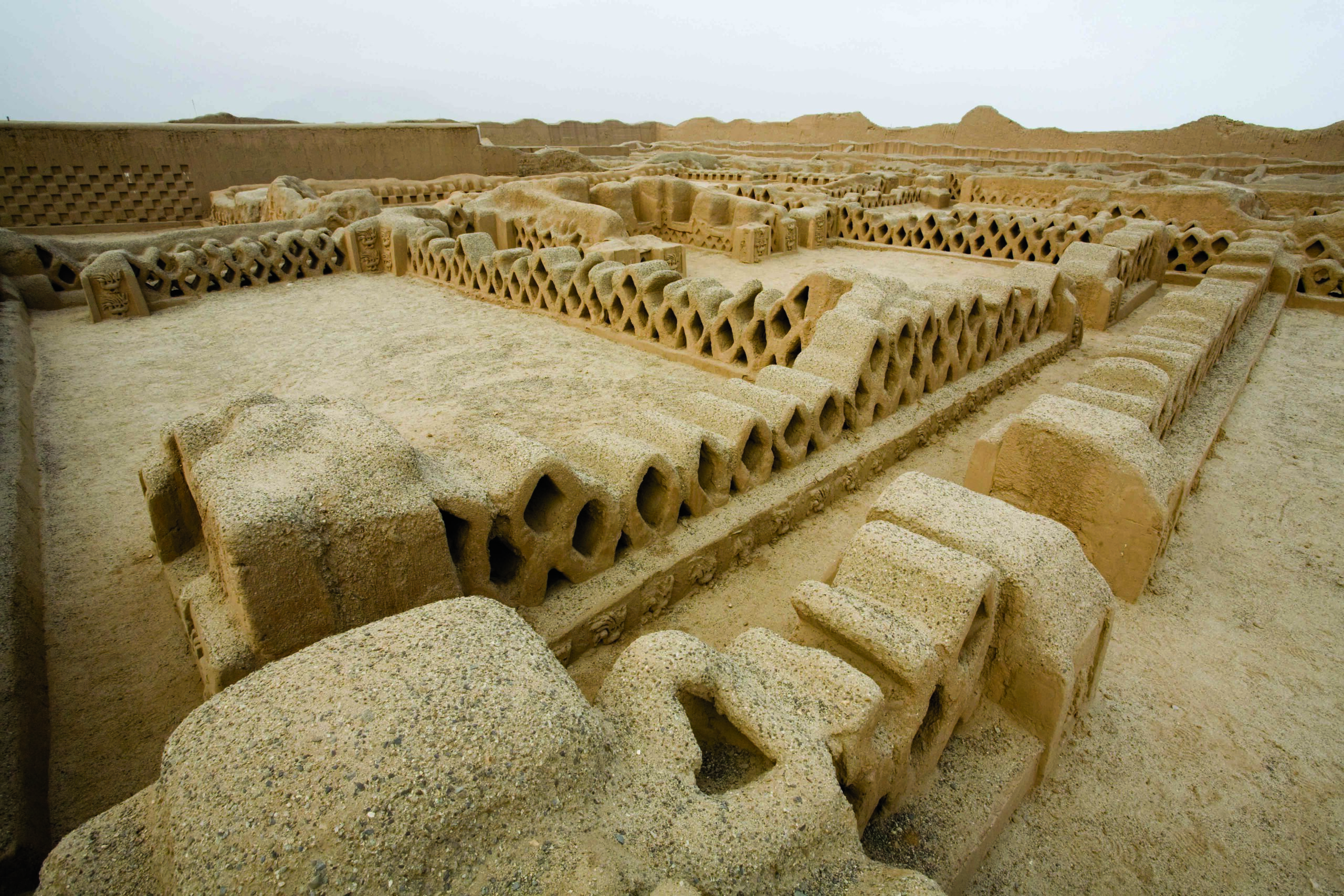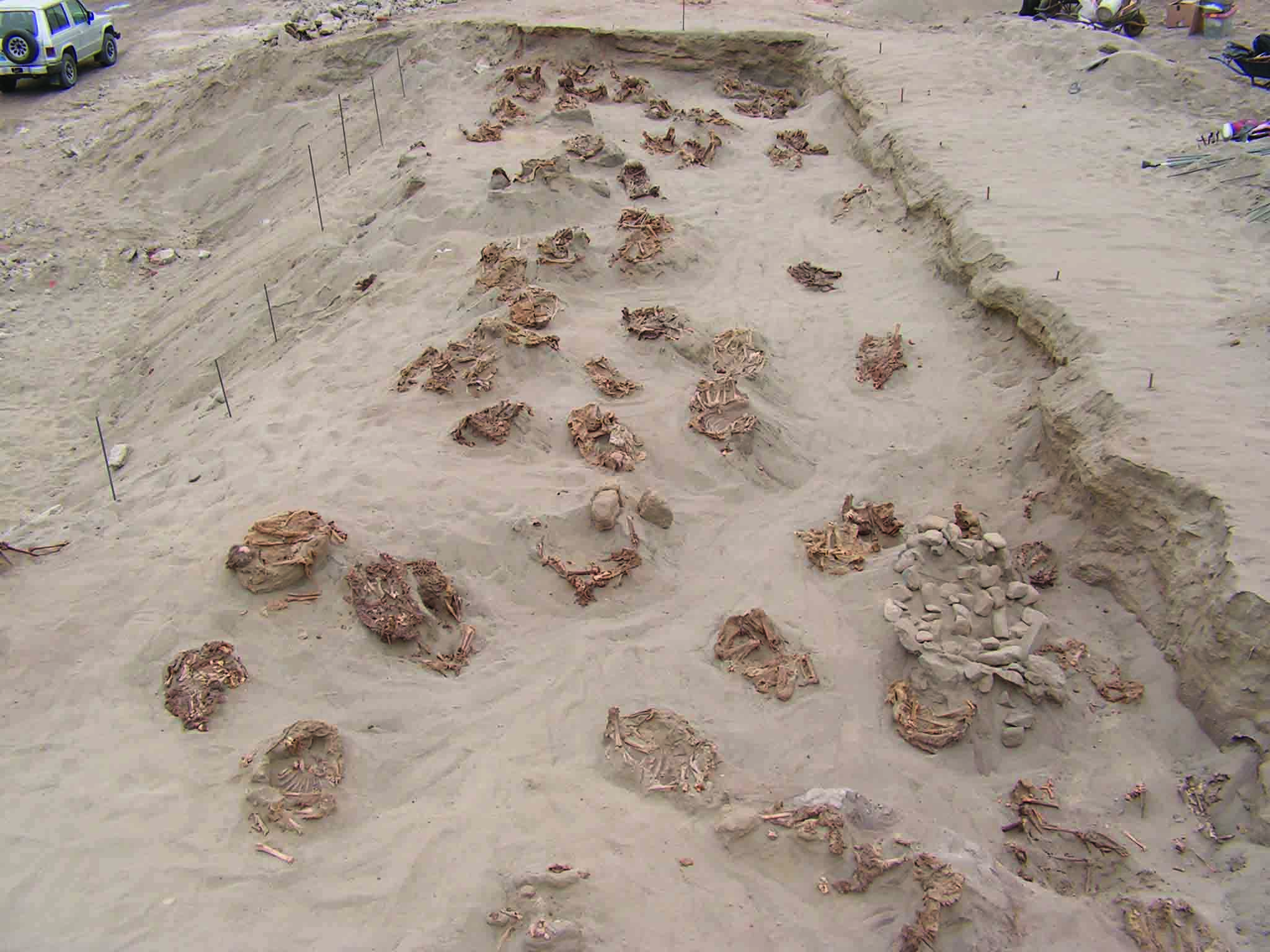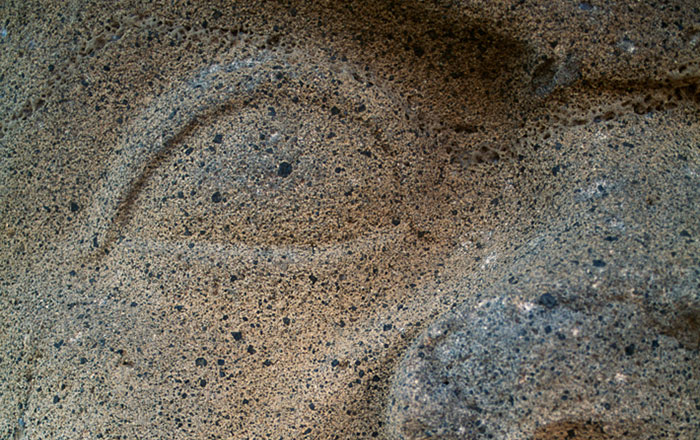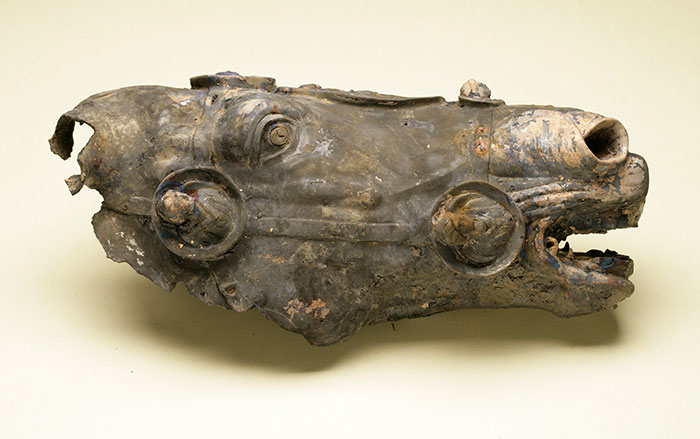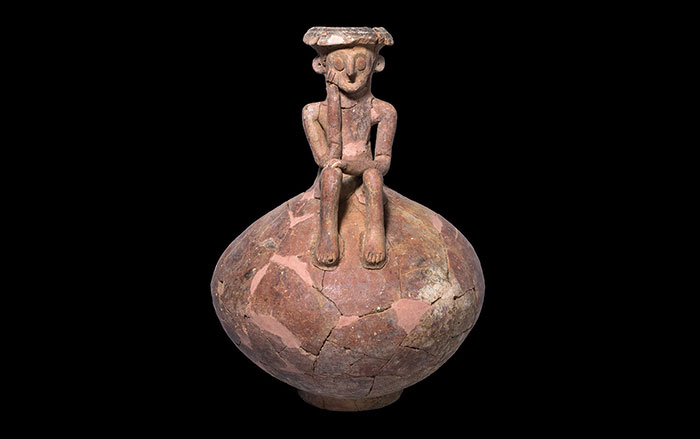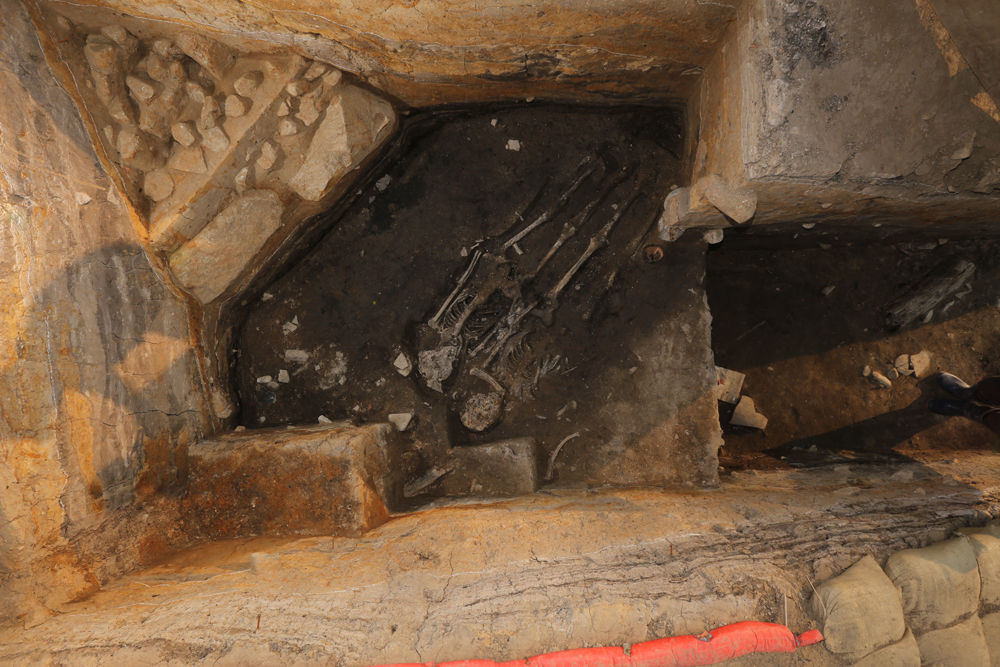
SEOUL, SOUTH KOREA—The AFP reports that the bones of two people were found side-by-side under a western corner wall of Wolseong Palace, the capital of the Silla Kingdom, established in 57 B.C. The people are thought to have been sacrificed sometime during the fifth century A.D., and then to have been buried under the foundation. “This is the first archaeological evidence that folklore about humans being sacrificed for the foundations of buildings, dams, or walls were true stories,” said spokeswoman Choi Moon-Jung of the Gyeongju National Research Institute of Cultural Heritage. The human remains will be examined in order to try to determine the health, diet, and characteristics of the individuals. DNA tests will also be attempted. For more on Korean archaeology, go to “Guide to the Afterlife.”



